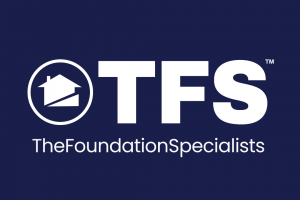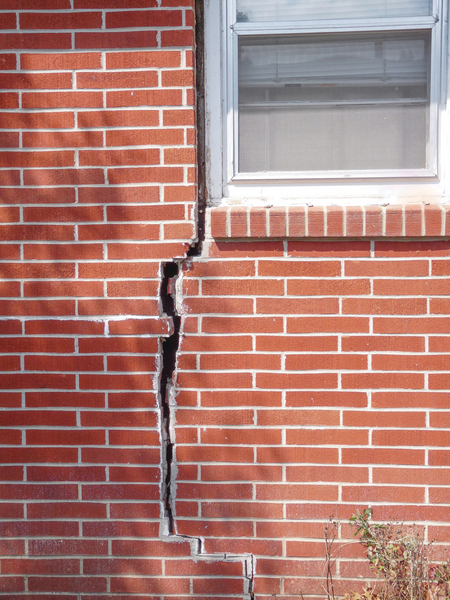Foundation Settlement
As a homeowner, it’s essential to know the signs of foundation settlement. Foundation settlement can occur in any type of foundation, including brick walls, poured concrete walls, block walls, and stone walls. It is a common problem, particularly in older homes or homes built on unstable soil. If you suspect your home is experiencing foundation settlement, there are a few signs you should be aware of.
Signs of Foundation Settlement
The following are common signs of foundation settlement:
- Cracks in Walls and Floors: If you notice cracks in your walls or floors, it could be a sign of foundation settlement. Pay particular attention to cracks that appear in a stair-step pattern or those that are wider than a quarter-inch.
- Uneven Floors: If your floors are uneven, it could be due to foundation settlement. You may notice sloping or sagging in certain areas of your home.
- Sticking Doors and Windows: If your doors or windows are sticking, it could be due to foundation settlement. This is because as the foundation shifts, it can cause the frames to become misaligned.
- Gaps Around Windows and Doors: If you notice gaps between your windows or doors and the frames, it could be due to foundation settlement. This can also lead to drafts in your home.
- Cracks in the Exterior Walls: If you notice cracks in the exterior walls, it could be due to foundation settlement. Look for cracks in the brickwork or masonry.
These are just a few signs of foundation settlement. If you notice any of these signs, it’s essential to contact 844.468.4674 so we can evaluate the situation and determine the best course of action.
Solutions for Foundation Settlement
One of the most effective solutions for foundation settlement is installing foundation piers. Foundation piers are designed to support the weight of the home and transfer it to a more stable soil layer. There are two main types of foundation piers: push piers and helical piers.
Push piers are driven into the ground using hydraulic equipment until they reach a stable soil layer. Then, the weight of the home is transferred to the piers, which provides additional support and stability.
Helical piers are installed using a similar process, but instead of being driven into the ground, they are screwed into the soil. This provides additional stability, particularly in areas where the soil is soft or unstable.
Installing foundation piers can help extend the life of your foundation over time. By providing additional support and stability, they can prevent further settlement and reduce the risk of foundation damage.
It’s important to note that foundation repair is not a DIY project. It requires specialized knowledge and equipment, and should only be performed by a licensed and experienced foundation repair specialist.
Conclusion
Foundation settlement is a common problem in residential homes, but it’s important to recognize the signs and take action to address the issue. If you notice any signs of foundation settlement, contact a foundation repair specialist to evaluate the situation and recommend the best course of action.
Installing foundation piers is one of the most effective solutions for foundation settlement. By providing additional support and stability, they can extend the life of your foundation and prevent further settlement. If you’re concerned about foundation settlement in your home, don’t hesitate to reach out to a foundation repair specialist for a free inspection and evaluation.



